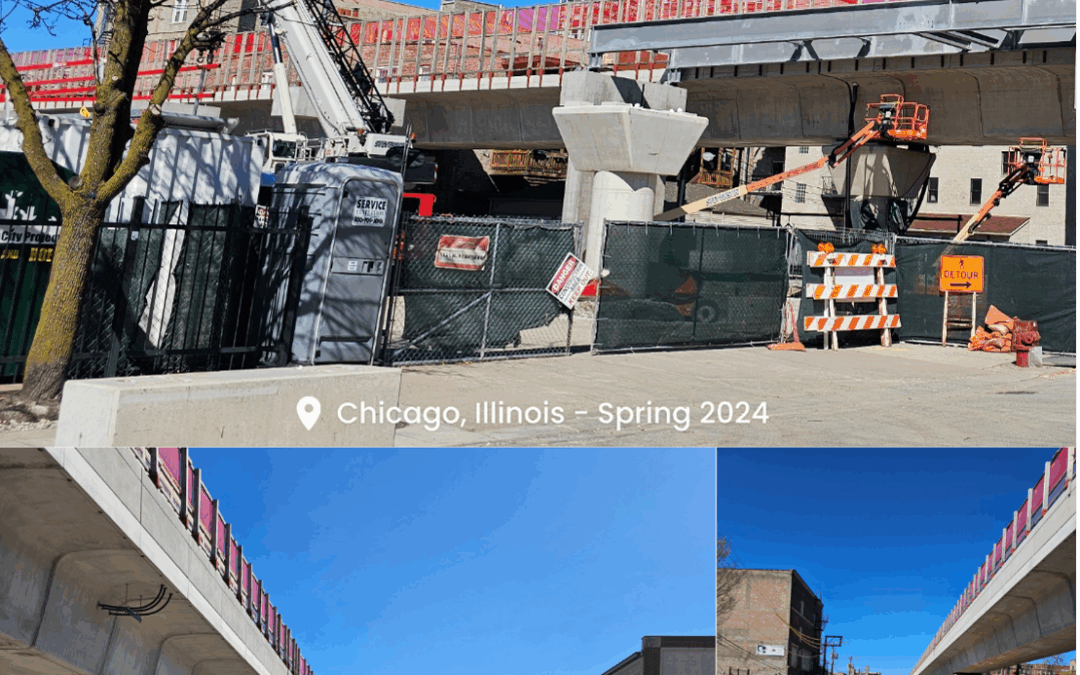Building Futures (BF) is about identifying projects, ideas, and innovations that create lasting, positive change within the building community and the communities it serves.
This BF highlights the modernization and investment in Chicago’s Red and Purple “L” lines.
For many years, I’ve regularly visited Chicago’s North Side, particularly the Bryn Mawr and Lawrence areas, often driving beneath the “L” tracks every couple of weeks. Many people may not realize that a massive transformation of this critical transit corridor—from Belmont to Howard—is currently underway. The Red & Purple Line Modernization (RPM) project includes new structural supports, tracks, switches, and control systems, as well as several entirely new stations with upgraded customer amenities. These long-overdue improvements will enhance not only the daily experience for riders but also the surrounding urban landscape, service quality, and land use opportunities.
I lived in Chicago from 1980 to 1992 and had a close, sometimes personal relationship with the CTA. My home was just three buildings from the Belmont “L” stop. During that time, I organized a community cleanup effort along Fletcher Street beneath the tracks and, around 1990, helped negotiate one of the first neighborhood parking agreements with the CTA—working directly with then–CTA President Bob Belcaster and his team. Like many Chicagoans, I’ve shared in the city’s love-hate relationship with its transit system. Those who have experienced clean, quiet, and efficient public transit abroad have long dreamed of seeing Chicago’s system reach that standard.
The Red & Purple Line Modernization (RPM) project promises to bring that vision closer to reality. The new concrete support structures not only improve safety and performance but also create opportunities to repurpose the space beneath the tracks for community and neighborhood uses.
This is a transformative project for Chicago, and future Building Futures posts will continue to feature updates on its progress and impact.
